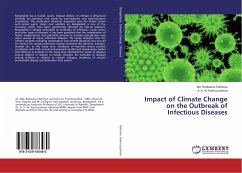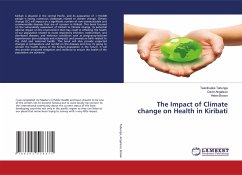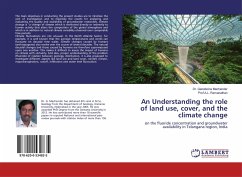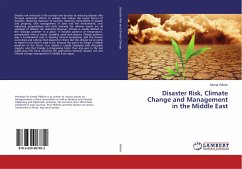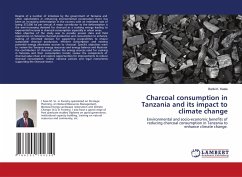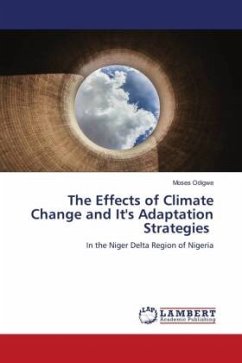Bangladesh has a humid, warm, tropical climate. Its climate is influenced primarily by monsoon and partly by pre-monsoon and post-monsoon circulations. The south-west monsoon originates over the Indian Ocean and carries warm, moist, and unstable air. Bangladesh is one of the countries which have been significantly affected by natural disasters. Bangladesh is already vulnerable to outbreaks of infectious, water borne and other types of diseases. It has been predicted that the combination of higher temperatures and potential increase in summer precipitation may cause spread of many infectious diseases. The study indicates that the climatic variables including temperature and rainfall (seasonal and annual) are factors for causing infectious disease outbreak like diarrhea, kalaazar, measles etc. in the study area. Incidence of diarrhea shows positive correlation with both annual and seasonal rainfall and temperature implies that diarrhea as endemic in the study area. Disclosed the causes of diseases among children in relation to climate changes, the outbreak of diseases among children in relation to climate changes, incidence of vaccine preventable disease and determine their extent.
Bitte wählen Sie Ihr Anliegen aus.
Rechnungen
Retourenschein anfordern
Bestellstatus
Storno

